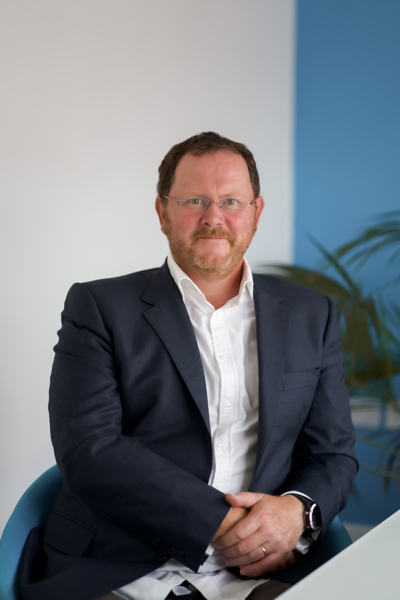Principal Engineer, Director of Cloud Solutions

THE CLIENT
A global Industrial Automation organisation, who were about to undergo a strategical change from a product to solution model. Central to this strategy would be the addition of software services, and in order to execute this, their plan was to build an incubation centre. This centre would operate as a start-up function within a multi-billion turn over company. To ensure its success they needed to make a senior appointment, someone who would direct and lead this new solution roadmap.
THE ROLE
The Director of Cloud Solutions would design and deliver the strategy for the growth of software services. The organisation had a long and successful history in hardware solutions. The crossover to software would be challenging, but if correctly delivered, would transform this company.
This person had to be able to set the road map for the delivery of multiple new services. They needed to understand how an organisation could make this pivot, set timescales for delivery and also map out what talent would be required and when.
The position required a technical leader. The successful candidate would need to still be very close to the technical solution and to, if necessary, be an active part of the SDLC, design and implementation – while also leading. Our client had been successful in taking this project to a release stage, but to take things to the next level they openly acknowledged that they would need to bring in someone who had been through this journey before.
This person would not only lead, but they would also need to guide and manage up to a leadership team who had not previously undertaken such a change.
THE SOLUTION
Although our client was a leader in Industrial Automation and IT/OT solutions, they were keen to attract talent from outside of their industry. The rationale behind this was that to bring in different ways of thinking, they wanted to be able to differentiate themselves from competitors who had undertaken similar strategic changes in the past.
As mentioned earlier, this person had to bring with them a different skill set to what was in the current team – otherwise they would have looked to that team to promote a leader. To them it made sense to bring someone from a fast growing and scalable solution.
When hiring an unknown the research and bench marking process takes on an even greater importance. Our client did not have any exposure to the market perception within enterprise software delivery – they did not know how the candidates viewed the industrial world, at least not with any concrete data and evidence. There were also unknowns about things like job titles, how they are perceived by the candidate and wider market, and in fact how in this market it made such a big difference.
Our role here was not only to find the right person, but to also help to educate our client on what it would really entail to bring in this type of profile. There would be a phase trail and error, they needed to be able to speak to a number of different people to really get a feel for what it was that they needed.
Setting the expectations for this early on was crucial, as this would not be a quick turnaround.
In order to attract the right person we worked with our client to put together marketing material. We worked on their Employer Branding and Value Proposition with them, recording interviews with key stakeholders in the team which could be used as collateral to engage candidates and also putting together SlideShare presentations on the opportunity.
Working closely with our client, with regular weekly update meetings ensured that a strong working relationship was built. Having this trust through a challenging, senior hire was crucial.
THE RESULT
Staying as close as possible to the original brief, we identified and appointed a candidate who perfectly bridged the industry experience required. We identified a candidate who had worked at a competitor company but who had also stepped outside of the industrial world and had senior positions at a global social media giant.
They had gained experience with a competitor who had been through a similar pivot. Within this competitor he undertaken, lead and delivered successfully a new software service.
The final appointment was ultimately more senior than the original brief, and this is why the collaboration, research and benchmarking process was so important. Being able to share live market information with our client in regular weekly updates allowed us to positively influence the outcome.
The data provided and the opportunity to speak to a variety of candidates at a different pace was also influential. It meant that our client had all of the information they needed to make an informed decision on any changes required to the type of person they would need to hire. Information that is especially important if the evidence points to a more senior hire.
The successful candidate is in place and is already central to further growth plans, we are now working with them to help them to build their team.
About the author
Having started his career in Executive Search in 1998, Doug set up Collingwood in 2005 alongside his wife, Claire Mackay.
Read more >Share


